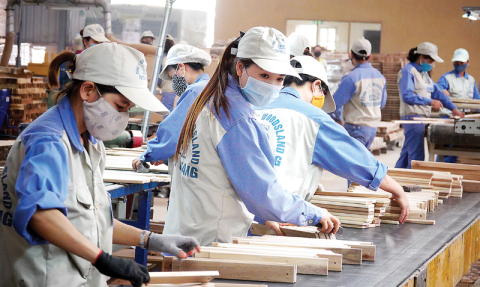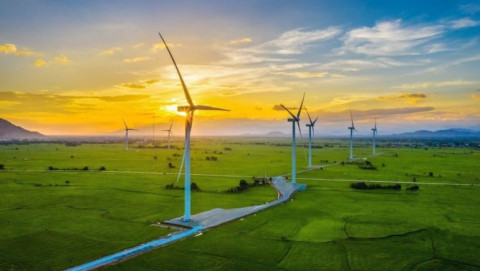Practical applications of carbon credits for the economy. Part IX: Carbon trends in the future of agriculture
- 104
- Socially Responsible Enterprise
- 14:50 04/07/2024
DNHN - In the context of climate change and land degradation, the importance of carbon in agriculture is increasingly recognized. What are the key points regarding the importance of carbon for Vietnam's agriculture?
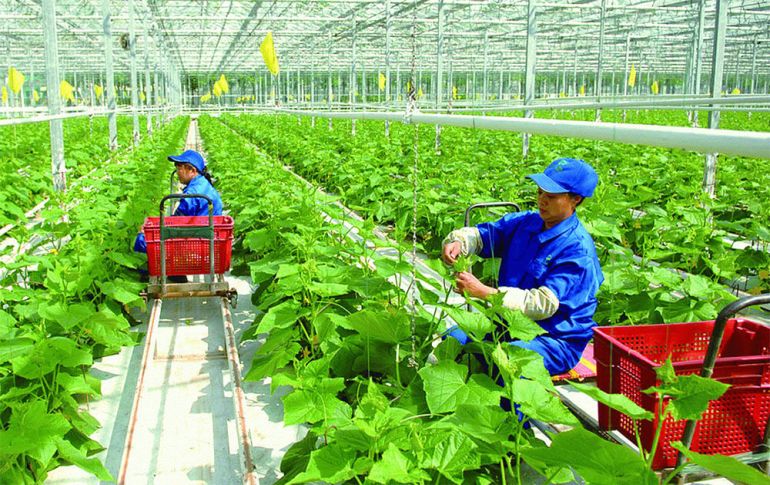
Role of carbon in agriculture
Carbon plays a crucial role in soil regeneration and improvement. Organic carbon in the soil helps enhance water retention, maintain soil fertility, and provide nutrients to crops. Increasing carbon in the soil not only improves soil structure but also reduces water runoff and soil erosion, essential for maintaining crop productivity and health in agriculture.
Carbon also plays a vital role in the photosynthesis process of plants. Through photosynthesis, plants absorb carbon dioxide from the air and convert it into organic matter and energy. Sufficient carbon in agricultural environments can provide adequate energy and nutrients to crops, thereby increasing productivity and product quality. This helps reduce dependency on chemical fertilizers and optimizes natural resource utilization.
The agricultural sector contributes significantly to carbon dioxide emissions through land heating processes, forest fires, and chemical fertilizer use. However, managing carbon in agriculture can reduce carbon emissions and mitigate negative impacts on climate change. Measures such as mangrove forest protection, organic fertilizer use, and sustainable farming practices can reduce carbon emissions while maintaining carbon in the soil, creating a carbon storage effect.
Carbon plays a crucial and multifaceted role in sustainable agricultural development and social well-being. Managing carbon in agriculture creates a favorable business environment for farmers, while providing safe agricultural products that are pollution-free and harmonious with nature. This contributes to the sustainable development of agriculture and improves the quality of life in farming communities.
Thus, carbon plays a crucial and multidimensional role in Vietnam's agriculture. From soil regeneration, crop productivity enhancement, environmental protection, and carbon emission reduction to sustainable agriculture development and social well-being promotion, carbon contributes significantly to the comprehensive development of the agricultural sector. Increasing awareness and implementing carbon management measures in agriculture are essential to ensure the sustainability and progress of this sector in the future.
Green agriculture contributes to environmental emissions

In relation to this issue, speaking with reporters from doanhnghiephoinhap.vn, Deputy Minister of Agriculture and Rural Development Phung Duc Tien stated that to help Vietnam achieve commitments at COP 26 and expand agricultural exports to international markets, green production and organic production are international trends, especially in agriculture.
He shared: "In Vietnam, we can implement measures such as traceability and digital transformation to reduce emissions. Activities such as farming, livestock, and aquaculture all contribute to environmental emissions. To reduce emissions, we need strong and coordinated management in these areas".
Mr. Tien noted that in livestock, a prioritized project to enhance scientific and technological activities in the livestock sector until 2030 is awaiting approval from the Prime Minister. Regarding aquaculture, an environmental protection project in aquaculture activities for the period 2021-2030 has been approved by the Prime Minister.
According to Mr. Tien, carbon emission reduction measures have been implemented, such as breeding dwarf trees on fruit, fruit trees, and especially rice, to implement a project of 1 million hectares of low emissions. Vietnam's goal is to achieve net zero carbon emissions by 2050 and enhance the value of agricultural products.
"At present, Vietnamese agricultural products are present in over 200 countries and territories. Achieving a net-zero emissions goal will further increase agricultural production and value. Vietnam ranks 15th globally in agricultural exports and has great potential for development if we continue to promote digital transformation, circular economy, traceability, and emission reduction", emphasized Mr. Tien.
Meanwhile, Mr. Phung Thanh Vinh, Director of the Department of Agriculture and Rural Development of Nghe An Province, emphasized that carbon credits are a valuable resource for future agricultural production, but are currently underexploited.
According to the Director of the Department of Agriculture and Rural Development of Nghe An Province, the Prime Minister's approval of the 1 million hectares of rice emission reduction project in the Mekong Delta is considered the first step to implement this issue in Vietnam. This pioneering model of low-emission rice production positions Vietnam at the forefront globally, facing challenges of climate change and food security. The success of this project will attract attention and support from international partners in terms of financial resources, science, and technology to develop and replicate this model. Selling carbon credits through high-quality rice production, reducing production costs, increasing profitability, and farmer professionalism are goals within reach.
Mr. Vinh said: "In Nghe An, with over 180,000 hectares of rice cultivation and annual food production exceeding 1.1 million tons, we not only ensure food security but also generate surplus and income for farmers".
"However, agricultural production significantly contributes to greenhouse gas emissions, contributing more than 50% of the total. To produce rice with a carbon credit orientation, multiple criteria and requirements need to be implemented, from production organization to smart farming practices. Nghe An has pioneered the application of smart farming methods like SRI, covering an area from 10,000 to 12,000 hectares per crop, creating favorable conditions for implementing the carbon credit process in rice production. It is expected that after successful rice production, expansion to other crops such as maize, sugarcane, tea, and in the livestock sector will follow", shared Mr. Phung Thanh Vinh.
Nghe Nhan
Related news
- Practical applications of carbon credits in the economy. Part VIII: Opportunities for exporting green products to the world
- Practical applications of carbon credits for the economy. Part VII: Enhancing national image in the fight against climate change
- Practical Applications of Carbon Credits in the Economy. Part VI: Driving force for clean industry development
#environmental protection
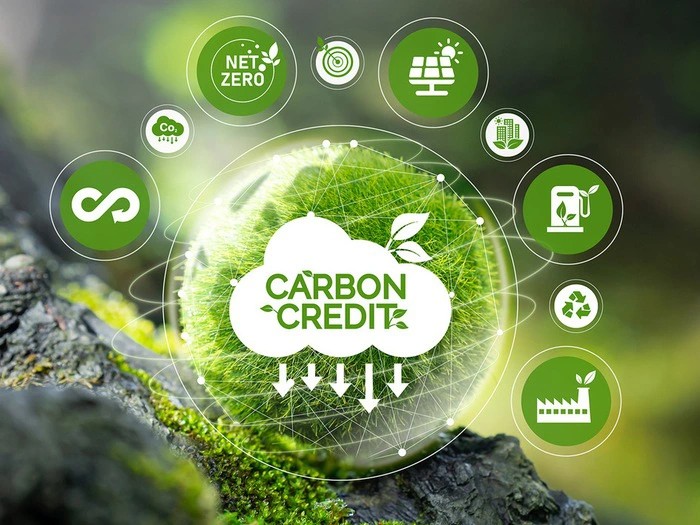
Reducing greenhouse gas emissions and carbon market development to fulfill COP 26 commitments
Vietnam aims to reduce greenhouse gas (GHG) emissions and develop a carbon market, aligning with its COP 26 commitments. This requires close coordination and comprehensive solutions from all sectors and communities.

What can be learned from VinFast's success after becoming the best-selling car brand in Vietnam?
VinFast's market-leading sales in Vietnam in September marked a major turning point, as a domestic electric vehicle brand outpaced international competitors.
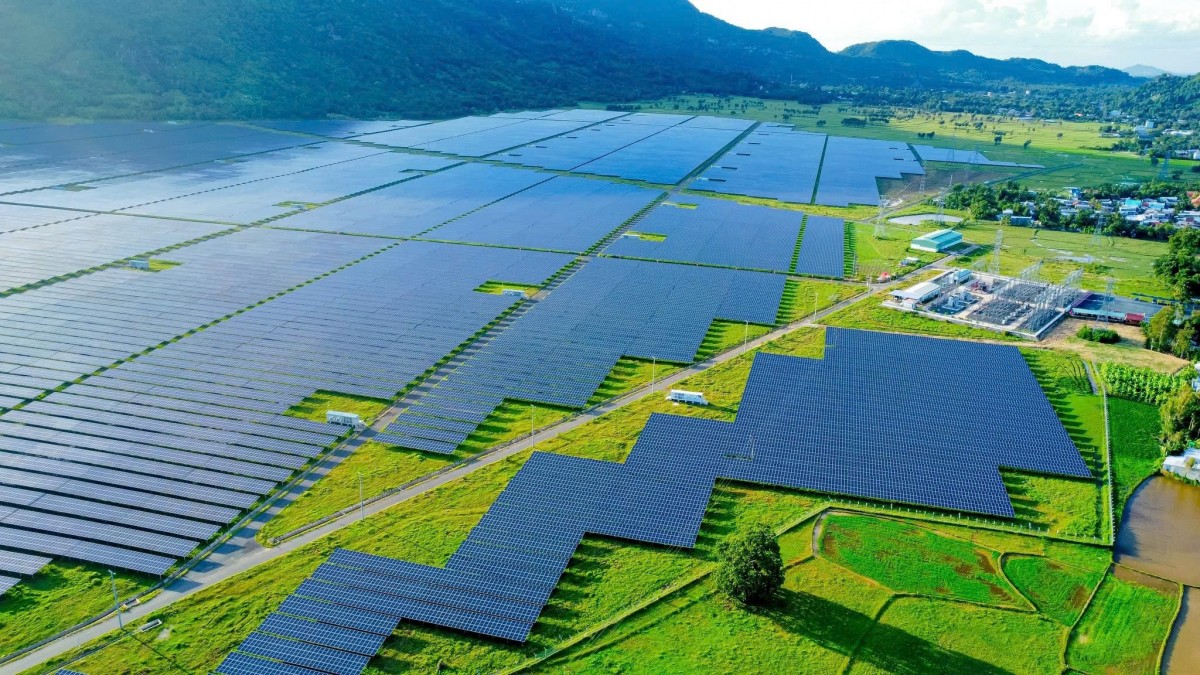
Nurturing life for the future with clean energy
Vietnam has just endured Typhoon No. 3, leaving behind a trail of destruction and loss that makes us all feel small against Mother Nature. It is time for a change, time to nurture and protect our living environment.
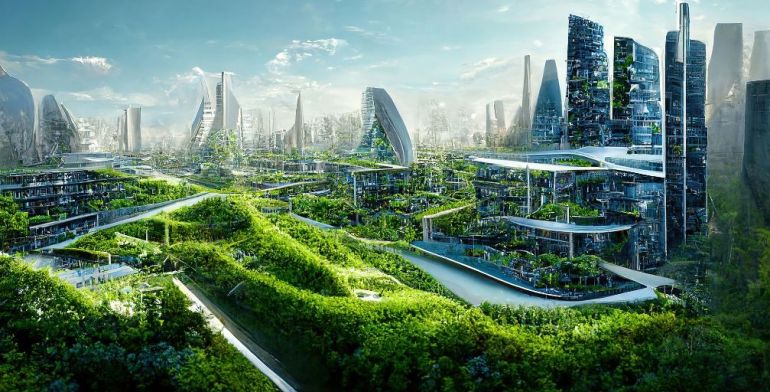
Practical applications of carbon credits in the economy. Part XXI:Carboncor Asphalt - An effective solution for Vietnam to achieve net zero emissions
Vietnam is actively implementing green construction solutions to achieve the goal of net zero emissions by 2050. These solutions reduce greenhouse gas emissions and support sustainable development in the construction industry.
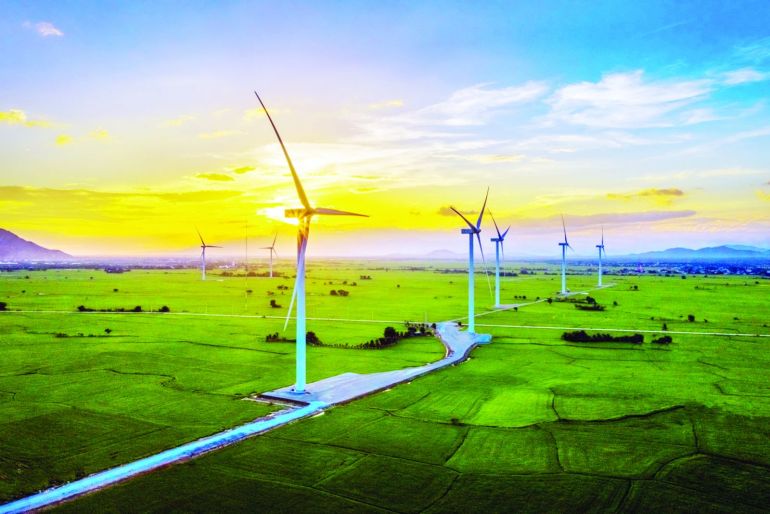
Practical applications of carbon credits in the economy. Part XI: Bridging policy and strategy for the carbon credit market
To develop the carbon credit market, the Government and businesses must improve cooperation and communication. The Government needs to provide clear policies, while businesses must adopt emission reduction strategies and leverage carbon credits.

Yen Bai: Implementing the plan to manage and eliminate ozone-depleting substances and greenhouse gases
The People's Committee of Yen Bai province has just issued document No. 3005/UBND-TNMT on the implementation of the National Plan for the management and elimination of ozone-depleting substances and controlled greenhouse gases.
Đọc thêm Socially Responsible Enterprise
When artists do business – livelihood is no poetry!
A series of indictments, arrests, and bankruptcies among artists has sounded a serious alarm.
Hanoi’s economy grows 7.92% in first nine months of 2025, FDI surges nearly threefold
Hanoi maintained robust growth momentum in the first nine months of 2025 with GRDP up 7.92% year-on-year, driven by strong services and construction sectors.
Vietnam’s strong gdp growth fails to ease labor market distress
As the year draws to a close, the pressing challenge for businesses and policymakers is how to rebuild worker morale, retain top talent, and stabilize employment amid lingering uncertainty.
Vietnam ramps up efforts to lift EU “Yellow Card” on Illegal fishing
Prime Minister Pham Minh Chinh has called for intensified and coordinated efforts to have the European Commission’s “yellow card” on Vietnam’s fisheries removed within this year.
Quang Tri calls for investment in wind power plant project worth over VND 1,100 billion
The People’s Committee of Quang Tri Province has officially announced the Hưng Bắc Wind Power Plant Project as part of its investment invitation portfolio.
Hanoi receives two million visitors during the four-day National Day holidays
From August 30 to September 2, Hanoi received around 2.08 million visitors during the four-day National Day holidays , three times higher than the figure in the same period last year, the municipal Department of Tourism reported.
Ca Mau gradually makes its mark on the national tourism map
By 2025, Ca Mau aims to attract 8.4 million visitors and achieve a total revenue exceeding 8,585 billion VND, contributing to the province's double-digit growth target.
UNDP Resident Representative hails Vietnam as an emerging economic powerhouse
Millions of people have been lifted out of poverty, hunger has been eliminated, and the economy has maintained consistent growth rates of over 6 per cent, UNDP Resident Representative in Vietnam Ramla Khalidi remarks.
Alpha Books Chairman Nguyen Canh Binh: The survival weapons of Vietnamese entrepreneurs in the age of AI.
Alpha Books Chairman Nguyen Canh Binh shares three essential lessons to ensure the survival and growth of Vietnamese entrepreneurs in the digital age: creativity, connection, and collective intelligence.
Mr. Le Viet Thang, CEO of 1Office: "Don’t use old solutions for new ai challenges"
As artificial intelligence (AI) reshapes the global technology landscape, Vietnam is taking decisive steps to establish a National AI Research and Development Center, alongside the National Data Center.




